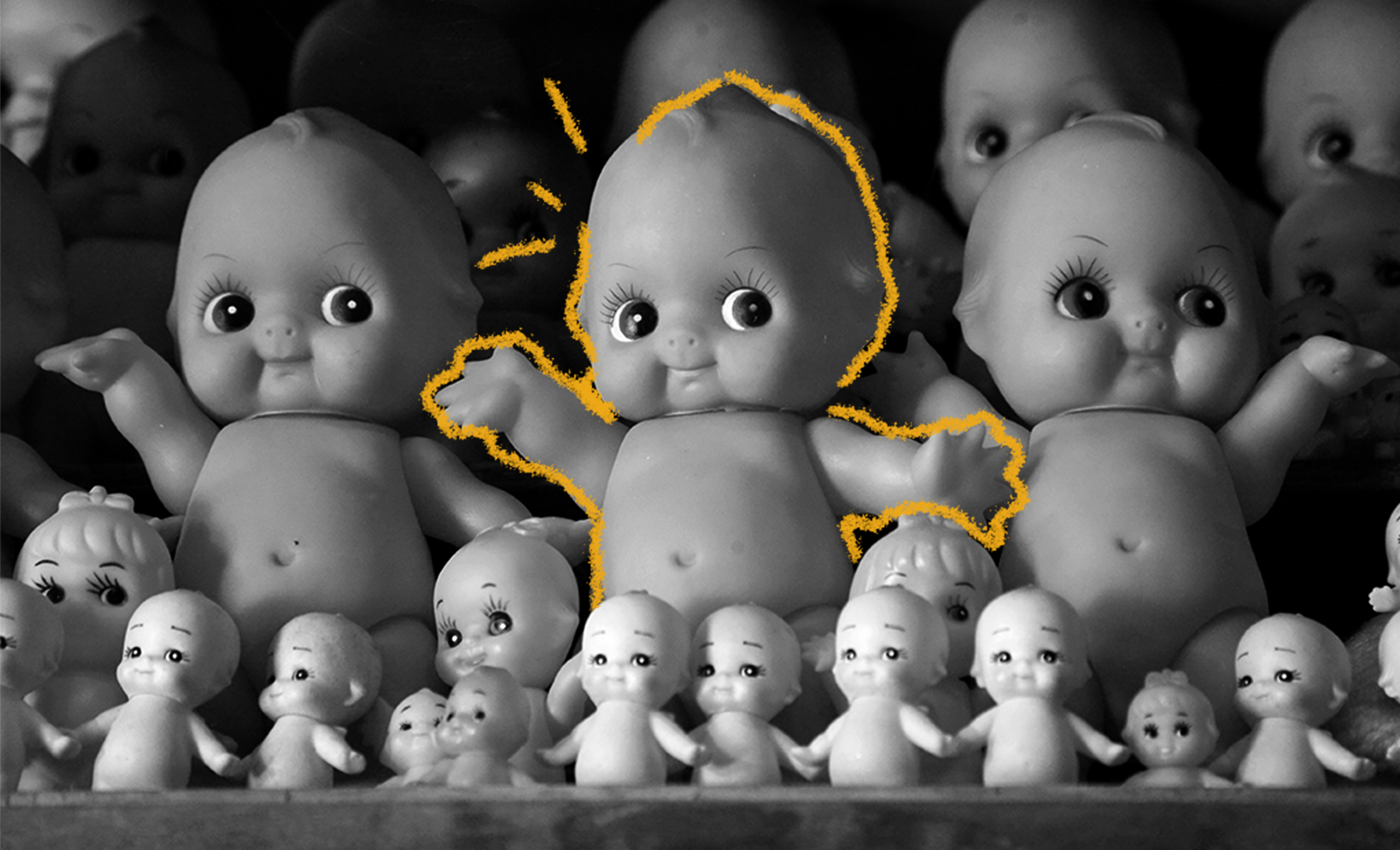The first baby dolls appeared in the mid-1800s. Before that, young girls were limited to companion-style dolls or dolls dressed in elaborate, delicate fashions. These dolls were suitable for tea parties, dress-up, and other forms of more formal play, but they were not ideal for cradling, hugging, cuddling, or more imaginative styles of play. In the mid-19th century, doll makers began to produce dolls that resembled infants. In 1922, doll designers achieved a new level of realism with the Bye-Lo baby, a doll designed to look like a 3-day-old newborn. In the 1930s, drink-and-wet dolls like Betsy-Wetsy and the Dy-Dee doll were developed. These dolls encouraged a new kind of play that mimicked the care and nurturing of infants. Today’s baby dolls have even more realistic and complex features. Many can simulate behaviors like eating, crawling, or playing games like peek-a-boo, and some even respond to a child’s voice. Baby dolls are just as popular today as they were when they were first introduced over a century ago and continue to offer opportunities for children to practice nurturing skills and engage in open-ended play.

Your go-to guide for weird history facts
Subscribe to the FREE daily email that makes learning about history fun.


